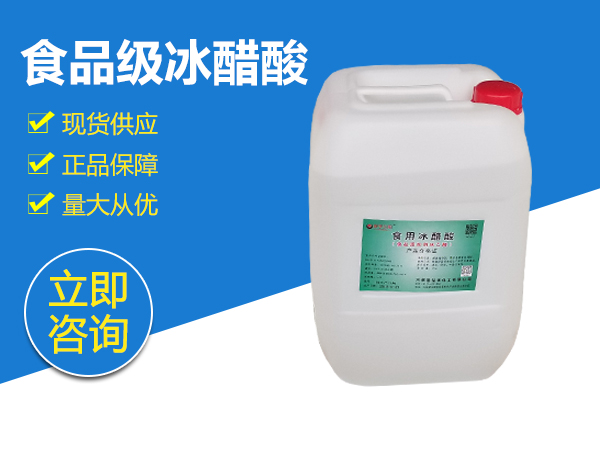

Tinted Glass Manufacturers An Overview
Tinted glass has become an essential component in various industries, ranging from construction to automotive. Its ability to control sunlight, reduce glare, and enhance privacy makes it a preferred choice for many applications. As the demand for tinted glass continues to rise, manufacturers are evolving to meet the needs of consumers and industries alike.
One of the primary benefits of tinted glass is its ability to manage solar heat gain, thereby improving energy efficiency in buildings. By incorporating tinted glass into their designs, architects and builders can create environments that remain more comfortable while also reducing reliance on air conditioning. This energy-saving feature is particularly relevant as global emphasis grows on sustainable building practices and reducing carbon footprints.
Tinted glass comes in a variety of shades and finishes, allowing manufacturers to cater to specific customer preferences and architectural designs. Popular options include bronze, gray, and green tints, among others. By offering a range of products, manufacturers can appeal to residential, commercial, and industrial sectors. Furthermore, advancements in technology have allowed for the production of high-performance tinted glass that offers improved visibility and enhanced durability.
The manufacturing process of tinted glass typically involves adding metal oxides during the glass production phase. This results in a chemical reaction that creates the desired coloration. Leading manufacturers invest in research and development to improve the optical and physical properties of their products. Some tinted glasses are now designed to minimize distortion while maximizing light transmission, thereby ensuring that aesthetics are maintained without compromising functionality.

In addition to performance and aesthetics, tinted glass manufacturers are increasingly focused on safety and compliance with industry regulations. Many companies ensure that their products meet the necessary standards for wind load resistance, impact resistance, and thermal performance. By adhering to these regulations, manufacturers not only guarantee the safety of their products but also establish a reputation for reliability in the marketplace.
Furthermore, tinted glass manufacturers are becoming more aware of environmental concerns
. They are adopting eco-friendly practices in their production processes, such as recycling glass and using non-toxic materials to create their tints. This commitment to sustainability resonates with consumers who are becoming more conscientious about the products they choose.Competition among tinted glass manufacturers is intensifying as new players enter the market. Established manufacturers are responding by enhancing their customer service and offering customized solutions for unique projects. This level of flexibility allows architects and designers greater freedom in their designs, ultimately leading to more innovative uses of tinted glass.
In conclusion, tinted glass manufacturers play a pivotal role in shaping the future of architecture and design. Their products not only enhance the aesthetic appeal of buildings and vehicles but also contribute to energy efficiency and sustainability. As technology continues to advance and consumer preferences evolve, these manufacturers will need to stay ahead of trends to maintain their competitive edge in this dynamic market. The future of tinted glass looks bright, reflecting both innovation and responsibility in production.